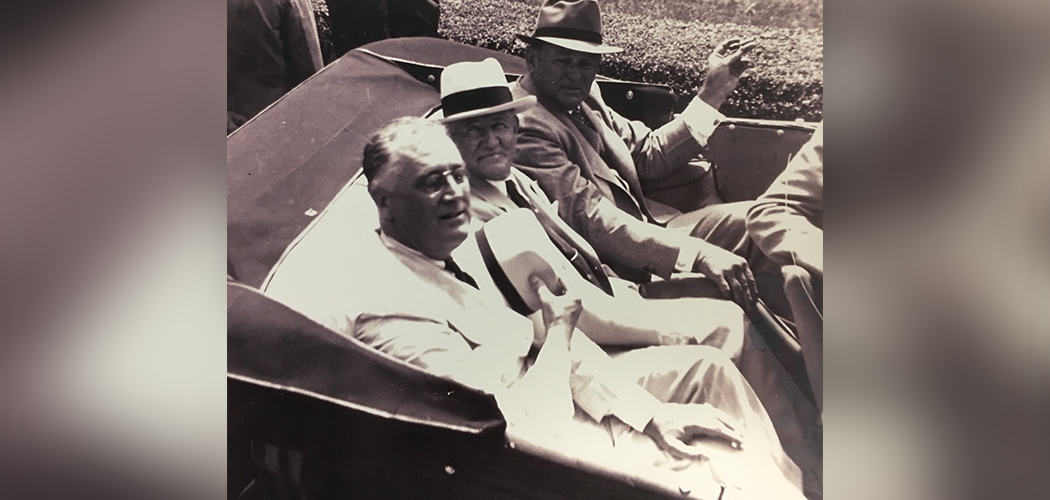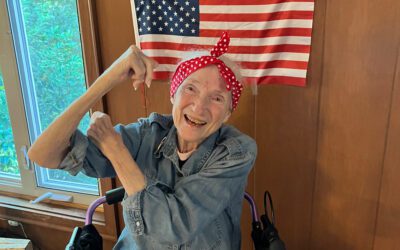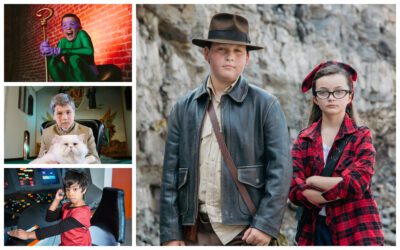[title subtitle=”words: Tom Wing, Historian and Author
images: courtesy Sharon Griffin, daughter of Earl Dodd”][/title]
New Year’s Day, 1936 marked the 100th year of statehood for Arkansas. Three years before, Means Wilkinson purchased the Greenwood Democrat newspaper and hired a young, energetic reporter named Earl Dodd. Just one year out of high school, but highly capable, Dodd became editor in 1935 and ran the paper for an amazing thirty-six years until his retirement in 1971. One of Earl’s biggest stories happened in 1936, as Arkansas celebrated its centennial year.
At that time, Arkansas had arguably two of the most effective senators in its 100-year history. Joe T. Robinson, for whom Camp Robinson is named, and Hattie Caraway, the first woman elected to the U.S. Senate. Both worked tirelessly for the people of Arkansas. The two senators were instrumental in utilizing Franklin Delano Roosevelt’s New Deal to help Arkansas out of the Great Depression. They also secured some federal funding for a centennial celebration.
The U.S. Treasury struck commemorative coins for Arkansas, and monuments were erected all over the state. But perhaps the key event was a Presidential visit and brief tour that topped all the other activities. FDR’s visit to Arkansas would be the first by a sitting president. Senators Robinson and Caraway planned for and handled all the details for his tour of the state.
Upon arriving in Hot Springs by train, on June 10, 1936, First Lady Eleanor was immediately taken to the Grand Ballroom of the Arlington Hotel for a breakfast with 500 members of the Democratic Women of Arkansas. A little later, President Roosevelt received a tremendous ovation when he stepped out of his train car to take a ride to the Arlington Hotel to pick up Eleanor. A planned driving tour of Hot Springs, Malvern, and Rockport included a train ride to Little Rock later in the day.
By automobile, President Roosevelt traveled in a convertible, accompanied by Harvey Couch, founder of Arkansas Power and Light (AP&L) and Senator Robinson. Little did they know that cub reporter/editor Earl Dodd, of the Greenwood Democrat, had their itinerary. With their schedule in hand, he traveled unpaved dirt roads from Greenwood to Hot Springs for a story and photograph. When Earl found the President, he was waiting for Eleanor to join the motorcade, and surrounded by Secret Service agents.
Dodd would not be denied as he crept through the crowd and suddenly appeared within earshot of the car. He yelled, “Hey, Mr. President!” and snapped a picture (according to his family) with his Brownie camera. FDR’s surprise is evident in the photo, and that surprise is confirmed by the expression of at least one of the Secret Service agents. Earl did not push his luck for an interview, and at the urging of the Secret Service, disappeared into the crowd.
The President and the First Lady continued their visit with a stop at the Fordyce Bath House. Interestingly, the Fordyce serves as the visitor center for Hot Springs National Park today. Once inside, the Roosevelts met with a group of Arkansas children suffering, like the President himself, with polio. The motorcade stopped to inspect a newly built WPA building at Lakeside school. (The WPA was part of FDR’s New Deal, which gave public works jobs to millions of Americans, helping them earn a living while constructing roads and public buildings.) The caravan then paused for a brief church service at Rockport. Moving on to Malvern, they stopped at Our Lady of Charity Convent and enjoyed a greeting by 100 flag-waving orphan children.
Later, the President and First Lady boarded a train at Malvern for the short trip to Little Rock. Incidentally, the road between Hot Springs and Malvern was built in just five weeks
specifically for the motorcade.
In the years before, Arkansas had been devastated by the flood of 1927, which covered parts of thirty-six counties, and was the costliest flood ever to hit the state. In 1929, the crash of the stock market led to the Great Depression. It was a somber time, and the Arkansas 1936 Centennial Celebration did its part in helping to raise the spirits of the state’s citizens. The crowds and excitement recorded in photographs and the stories that remain today make it clear that while life was hard, a birthday party with honored guests was a welcomed distraction.
Earl Dodd, who was just beginning a legendary career as a newspaperman at that time, or as he put it “dishing the dirt around the square,” seemed impressed with his encounter with a beloved president. He told the story of his run-in with the Secret Service often.
I’d like to offer a special thanks to Sharon Griffin, Earl Dodd’s daughter, for her assistance in this story. For more information about Earl Dodd and the Greenwood Democrat, coal mining in south Sebastian County, Slave/Freedman Henry Norwood, or a multitude of other interesting topics, visit the Old Jail Museum, on the town square in Greenwood, Arkansas.
The New Deal under President Franklin Delano Roosevelt
In the first 100 days of his presidency, President Roosevelt signed fourteen bills into law, which became known as the New Deal, designed to fight the effects of the Great Depression. The legislation organized programs that are still in place today such as the FDIC to help secure bank deposits, the Security and Exchange Commission (SEC) to help regulate the stock market that had collapsed in 1929. The remaining legislation helped protect citizens from unacceptable working conditions, created Social Security to assist retirees and the Civilian Conservation Corps, as well as aid for farmers, and construction of new power plants.




